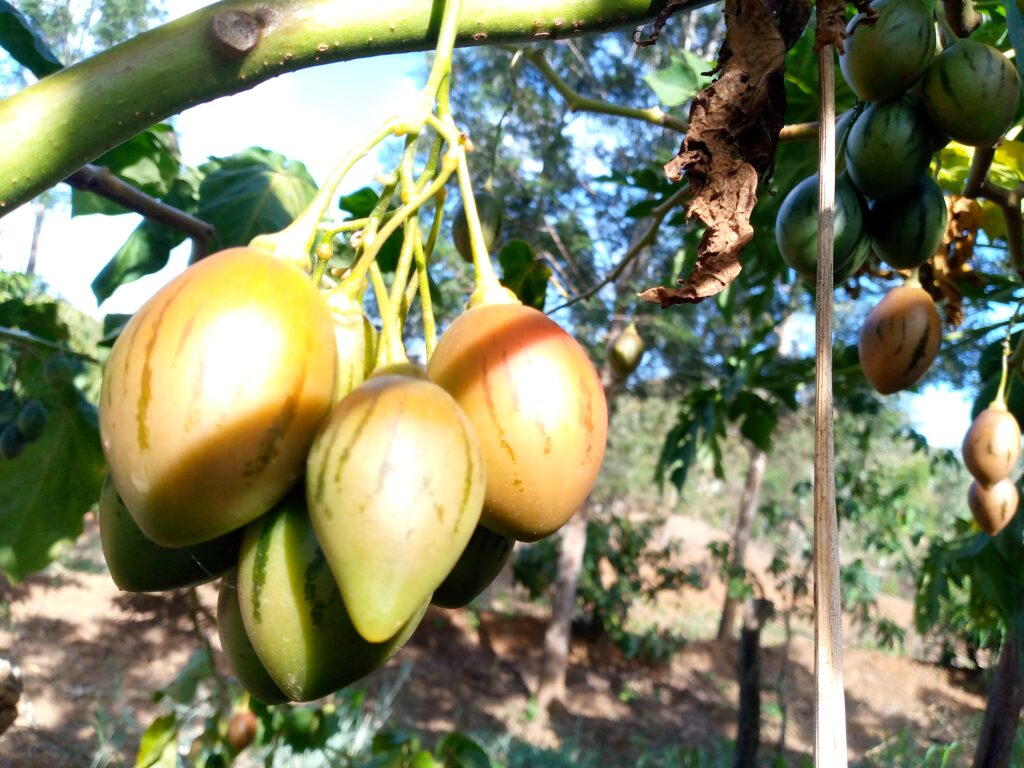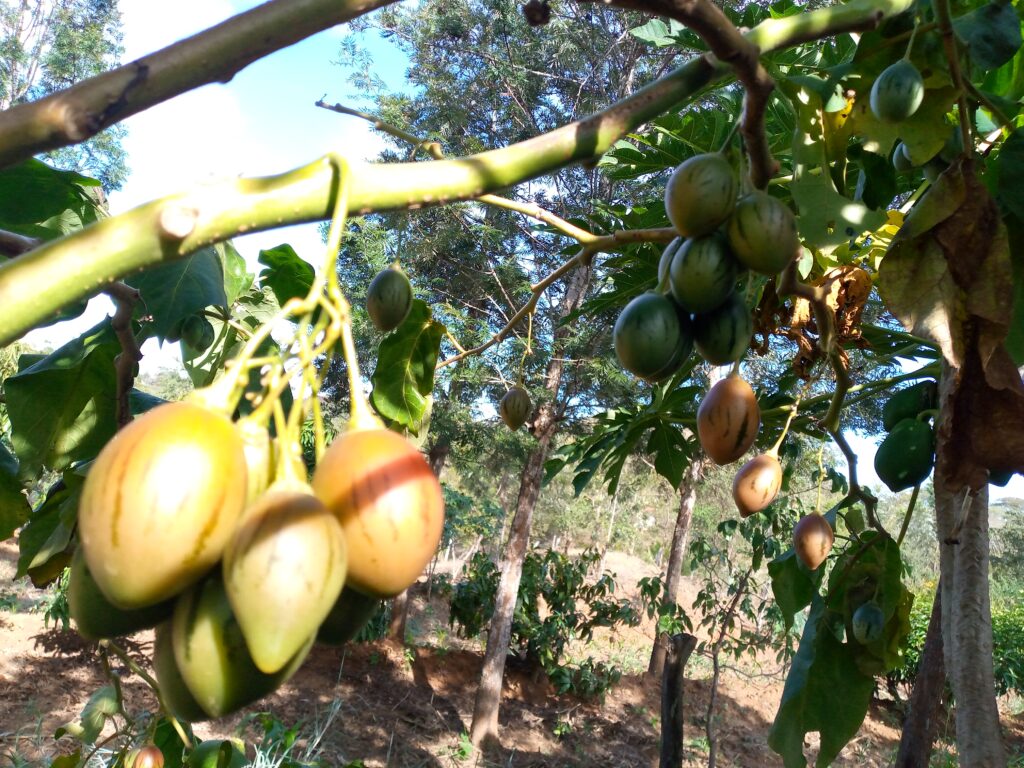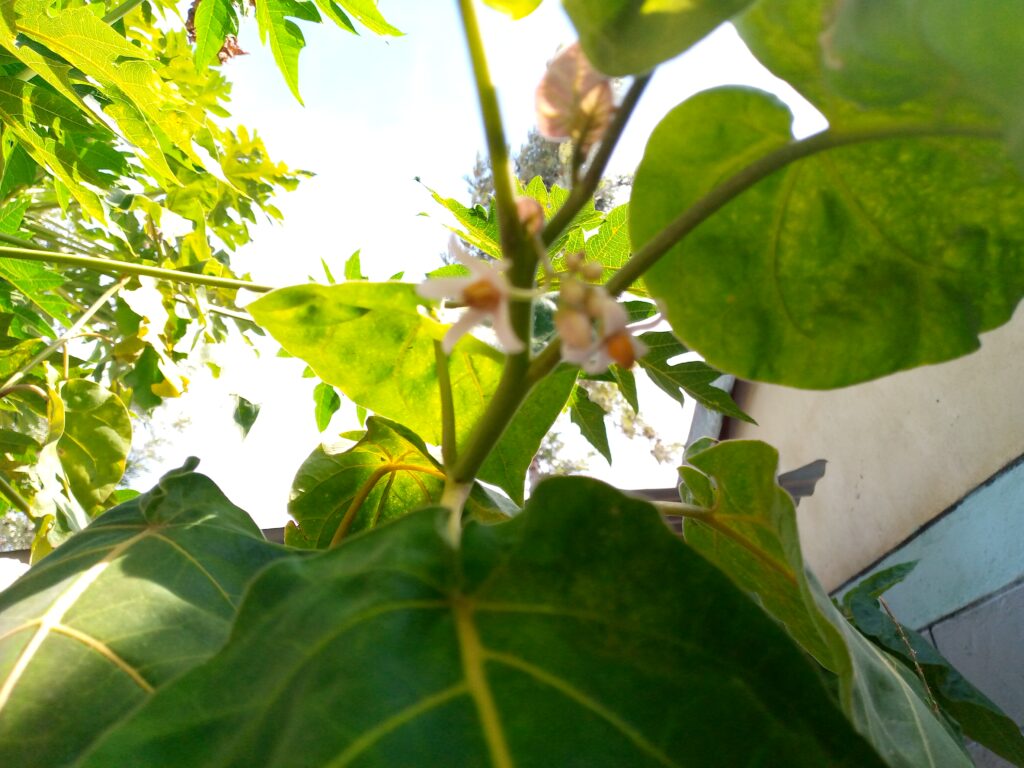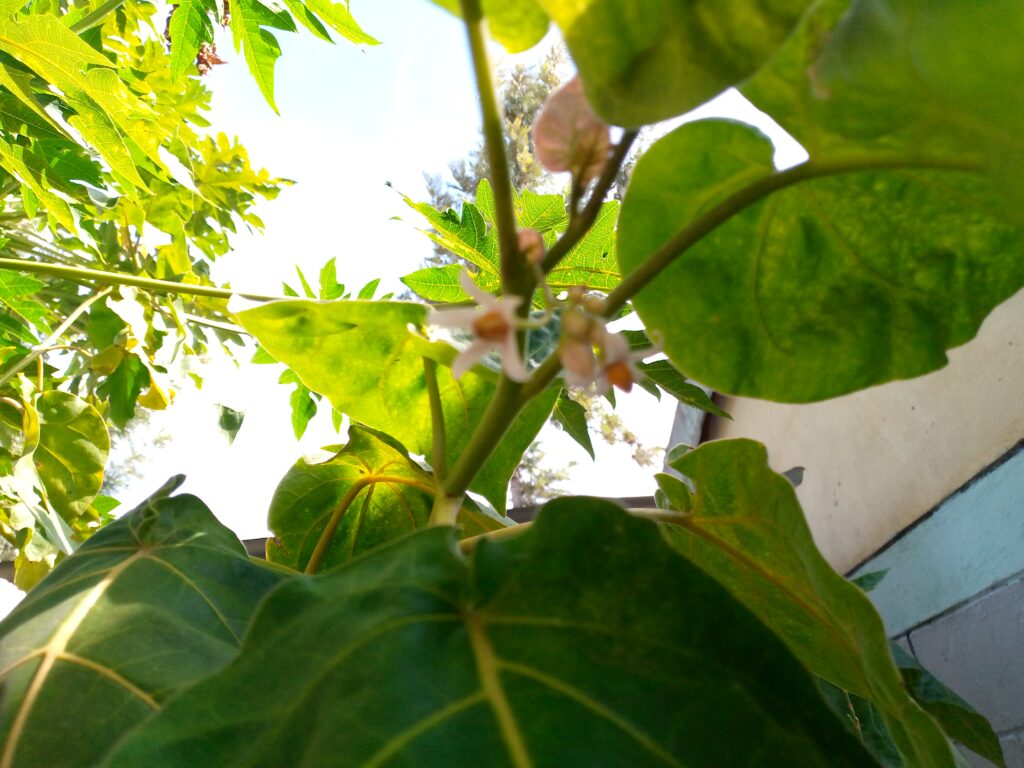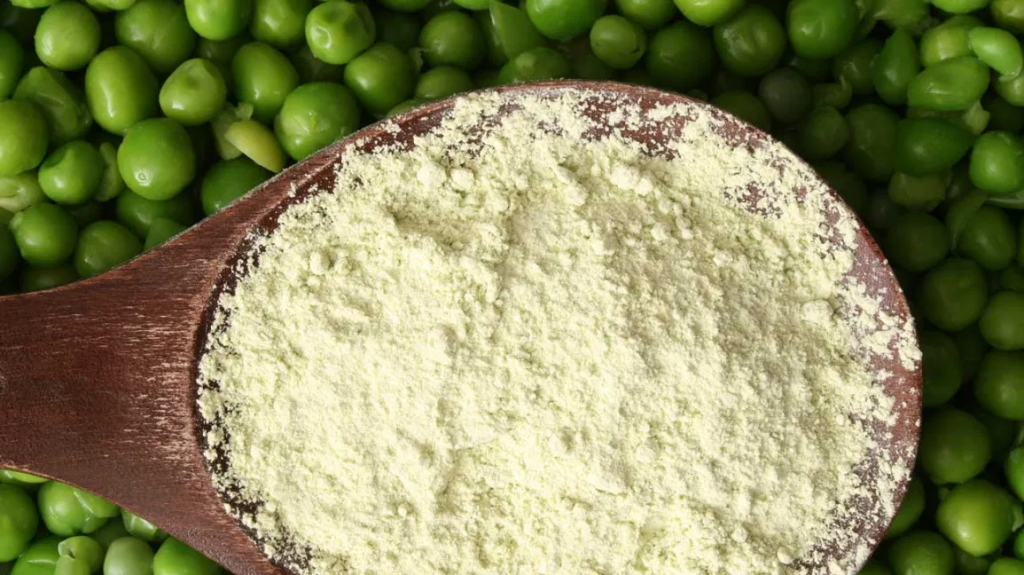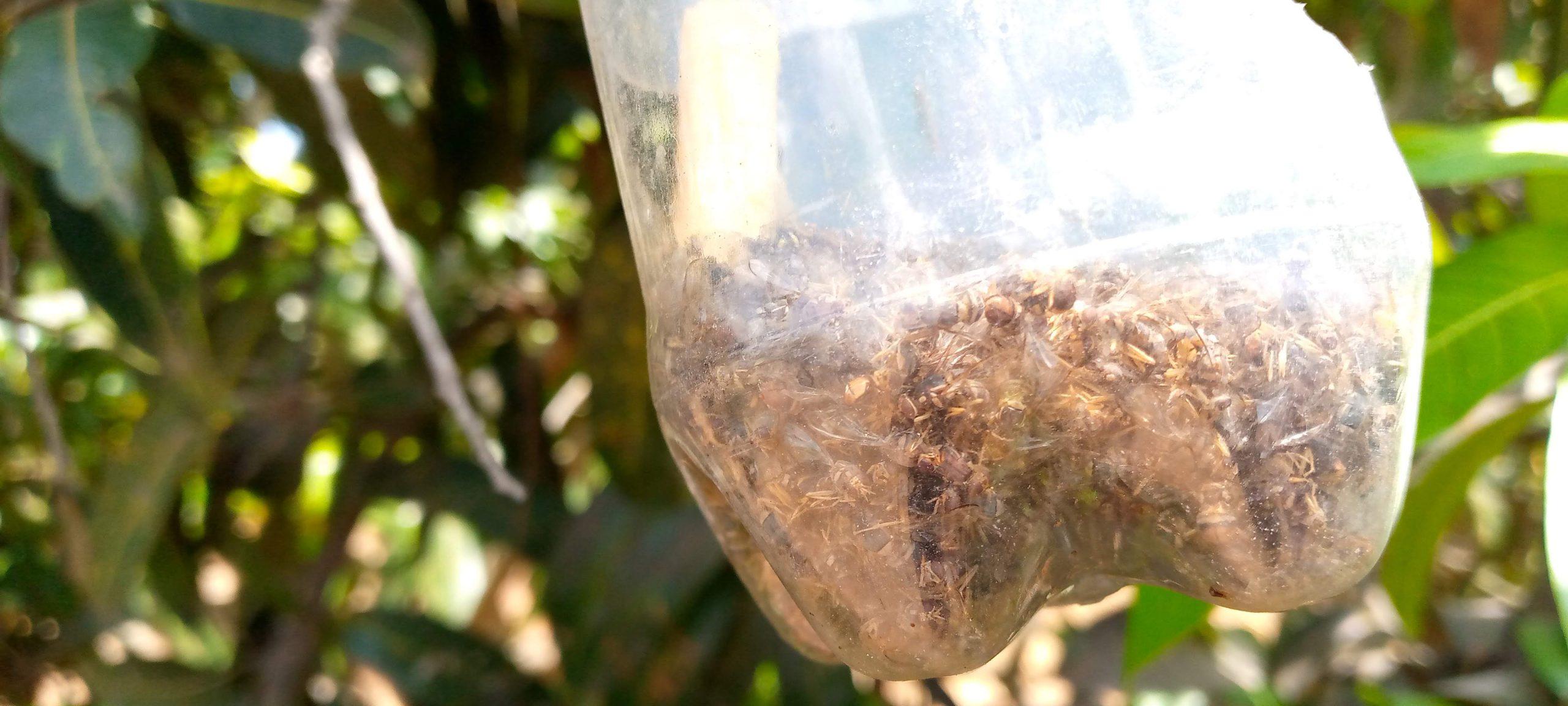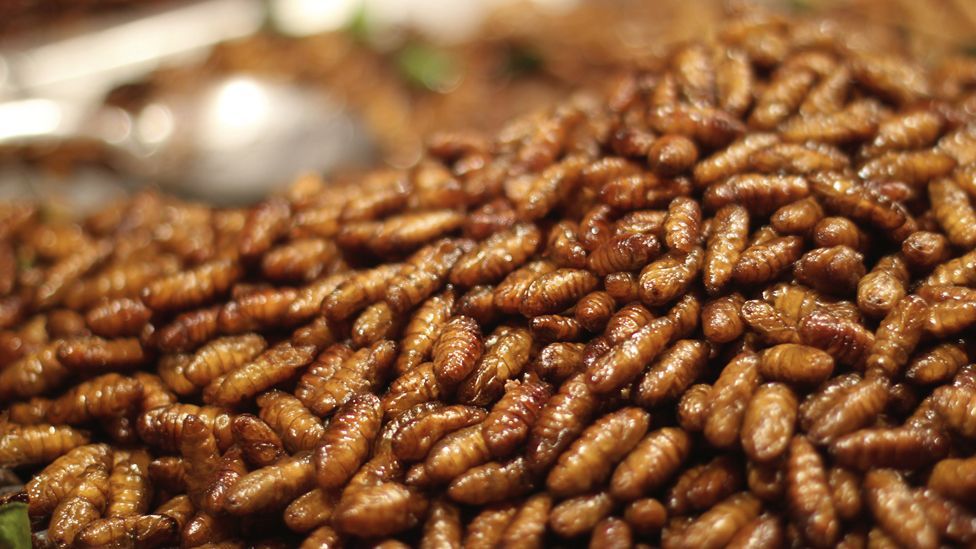Research topics: Potential for development of novel food products from tree tomato (Tamarillo) fruit
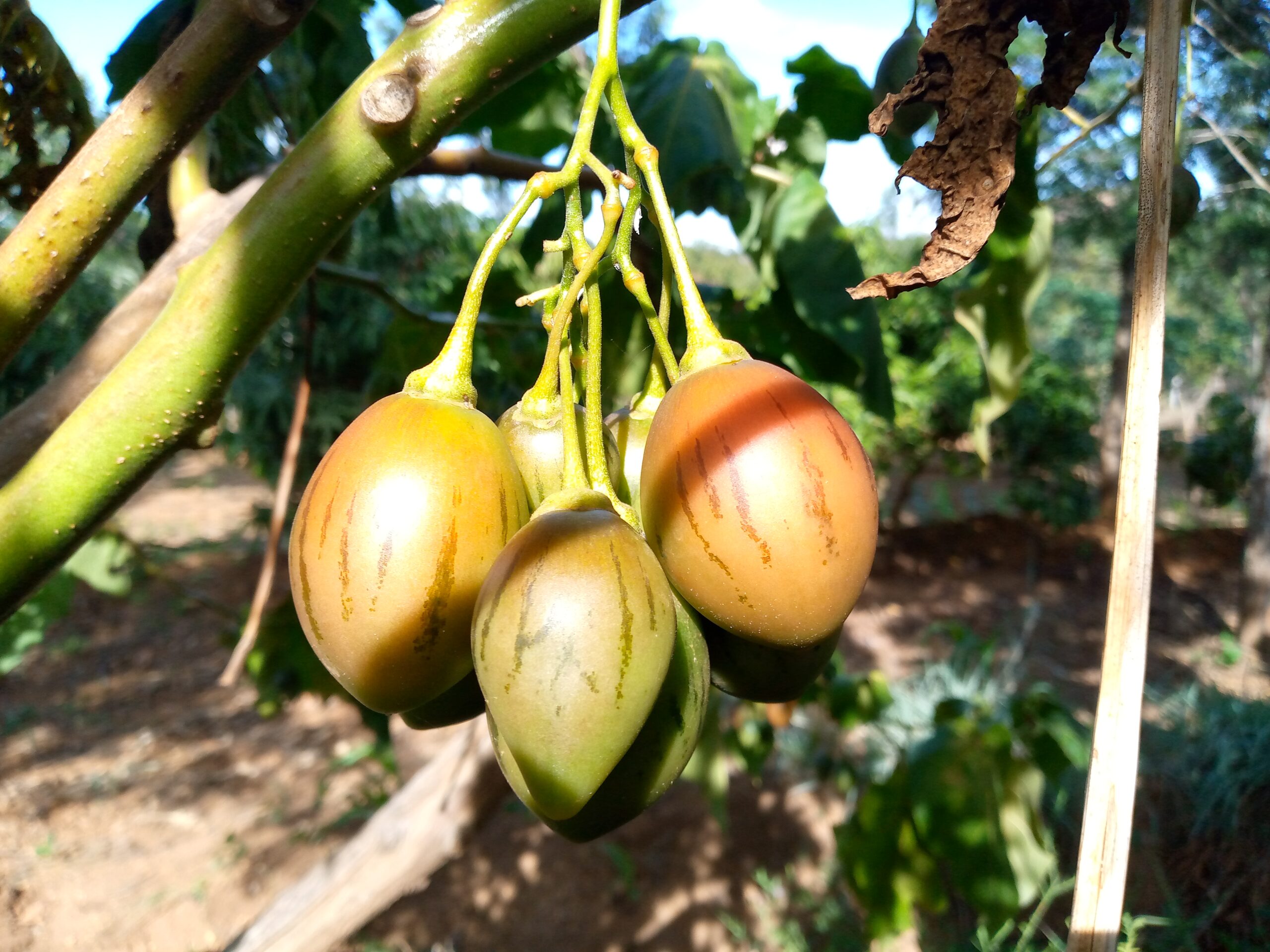
Solanum betaceum, commonly refered to as tree tomato fruit is scantly grown in Kenya and is mostly used as fresh fruit, or blended to make juice. Despite its huge potential for processing, most of these fruits are produced for household consumpsion and selling without any vaue addition. Tree tomato has a potential as an economic enterprise and should therefore be promoted to increase production as well as value addition.
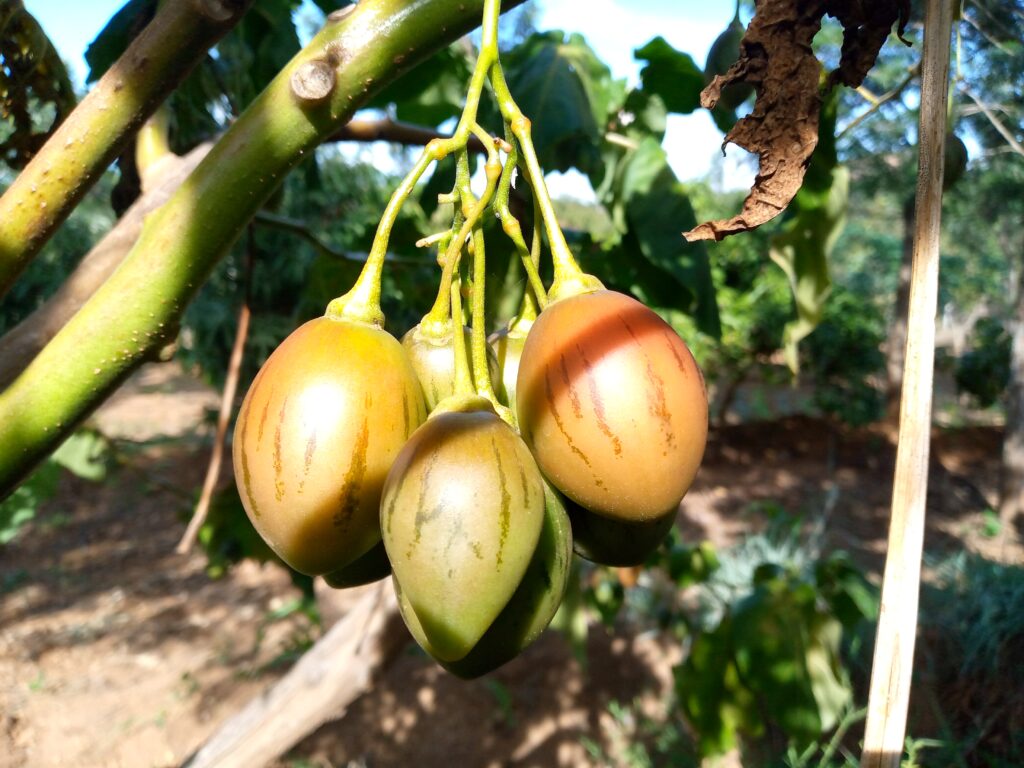
Researchers have studied the bioactive substances possibly present in this tree fruit, some concluding that the fruit could possibly contain bioactive susbtabnces of importance in the fight against cancer Read more here. This makes this fruit an interesting addition in the development of functional foods.
Compositional analysis of this fruit has revealed that it is high in pectin. Thus, tomarillos can be used to formulate good jellies, jams, preserves, or chutneys.
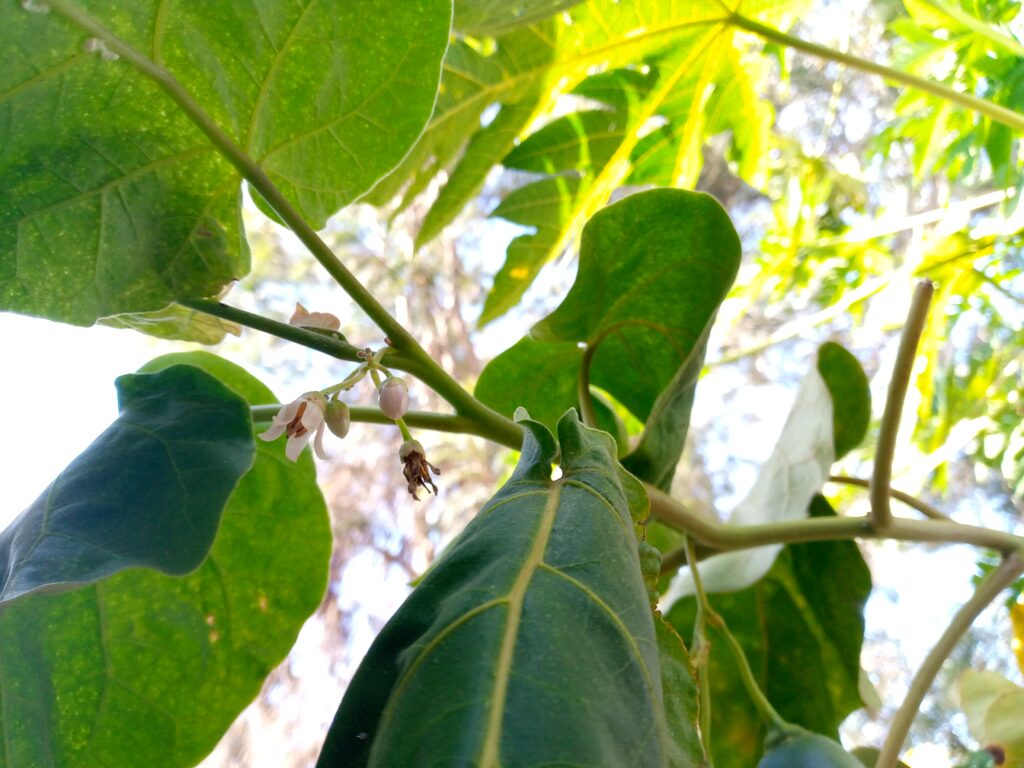
Research areas of interest
Given the scanty information available about this interesting fruit, it would be of interest to know the following:
- What is the nutrient composition of this tree tomato fruit and how does it differ from diferent regions, or how it is influenced by farming methods, management paractices, etc
- What is the nutritional quality and safety (microbial and chemical) of value added tree tomato fruit products such as juices, jams and marmalades
- How efficient is tree tomato as a source of pectin in processed food products?
- What is the effect of processing (heat treatment, freezing, etc) on the nutrient quality and quantity in tree tomato and tree tomato products
- Shelf-life studies on all tree tomato based products would be of interest
- Pectin and pectin-derived oligosaccharides (POS) having been identified as emerging prebiotics with improved properties, such as their superior ability for modulating microbiota in the GIT, it would be of interest to study the utility of this fruit in the development of synbiotic foods.
